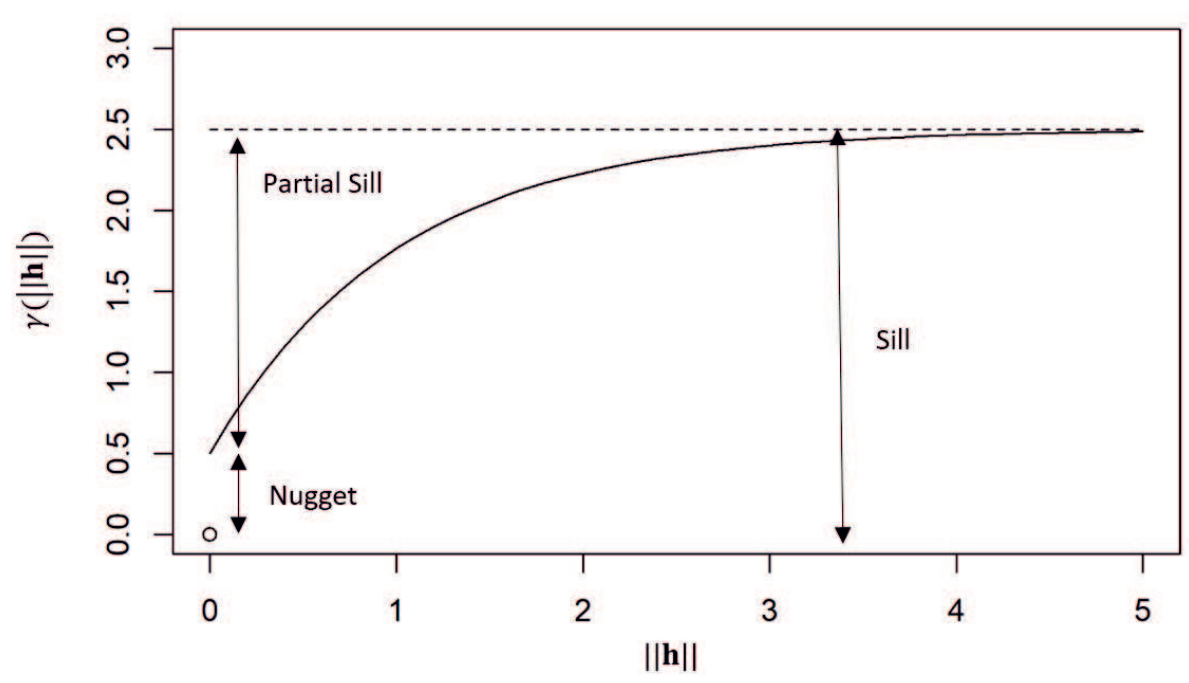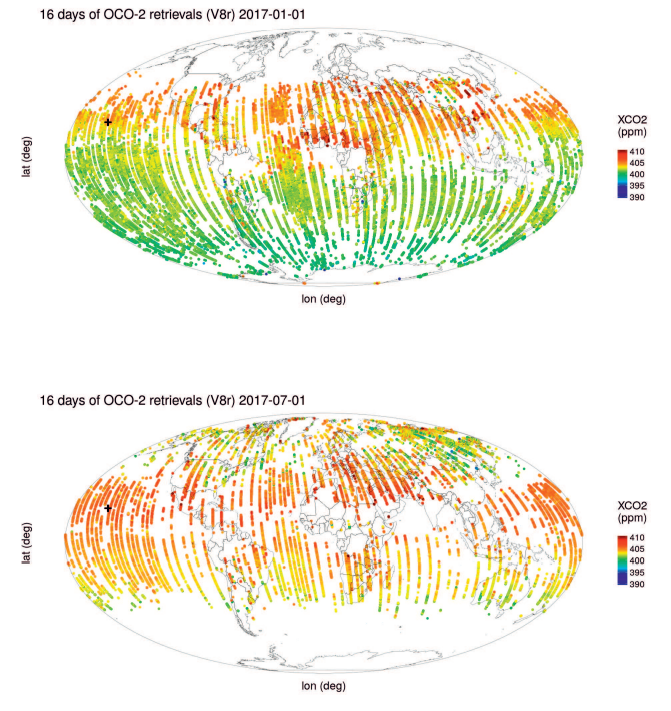Teaching
I currently give the following courses at University Bretagne Sud and Institut Agro (Rennes). The teaching material should be online soon.
Descriptive statistics (Bachelor)
Maximum likelihood estimation (Bachelor)
Introduction to spatial and spatio-temporal statistics (Bachelor and Master)
Bayesian linear model (Master)
In addition, here are two workshops that I frequently give to ecologists and/or statisticians as an introduction to spatio-temporal modeling for ecology.
Spatial and spatio-temporal statistics applied to ecology
This is a short introduction to statistical spatio-temporal modeling. It starts with basic concepts related to hierarchical modeling in a spatio-temporal context before moving to specific notions regarding the specification of the spatial and spatio-temporal variance-covariance function. Some inference methods are also described (kriging, maximum likelihood method and Bayesian inference with a focus on INLA). Some codes are presented as an introduction to R-INLA, a R package to infer spatial and spatio-temporal models based on Bayesian inference. Here are the slides and the related codes.


These slides are mainly based on:
Wikle, C. K., Zammit-Mangion, A., & Cressie, N. Spatio-temporal Statistics with R. Chapman and Hall/CRC, 2019. link
Krainski, Elias, et al. Advanced spatial modeling with stochastic partial differential equations using R and INLA. Chapman and Hall/CRC, 2018. link
Cressie, Noel, and Christopher K. Wikle. Statistics for spatio-temporal data. John Wiley & Sons, 2015.
a workshop provided by Thomas Opitz and Denis Allard at Rochebrune.
Workshop on R-INLA
This is a short introduction to the R-INLA tool, a R package to infer spatial and spatio-temporal models through Bayesian inference. It first describes the global structure of the models implemented in R-INLA. Second, it introduces the SPDE approach and the Integrated Nested Laplace Approximation, two methods implemented in R-INLA to ease the computation burden related to spatial and spatio-temporal model inference. Here are the slides and the related codes.

These slides are mainly based on:
Krainski, Elias, et al. Advanced spatial modeling with stochastic partial differential equations using R and INLA. Chapman and Hall/CRC, 2018. link
a workshop provided by Thomas Opitz and Denis Allard at Rochebrune.


